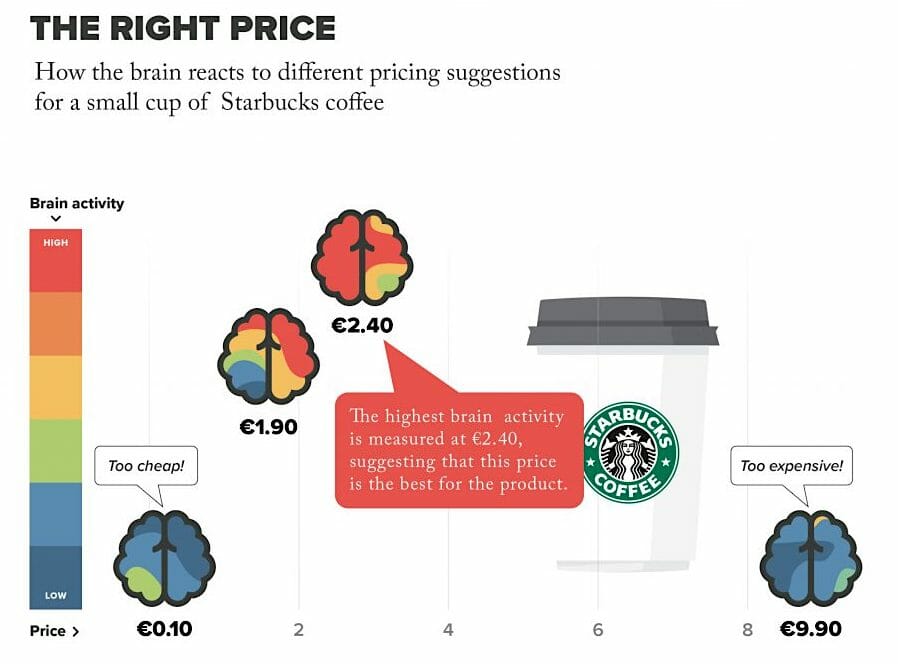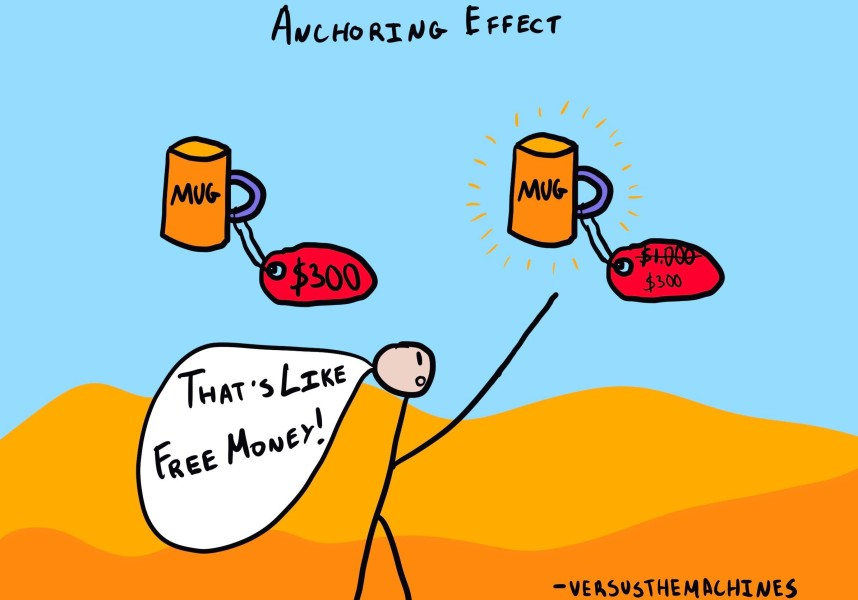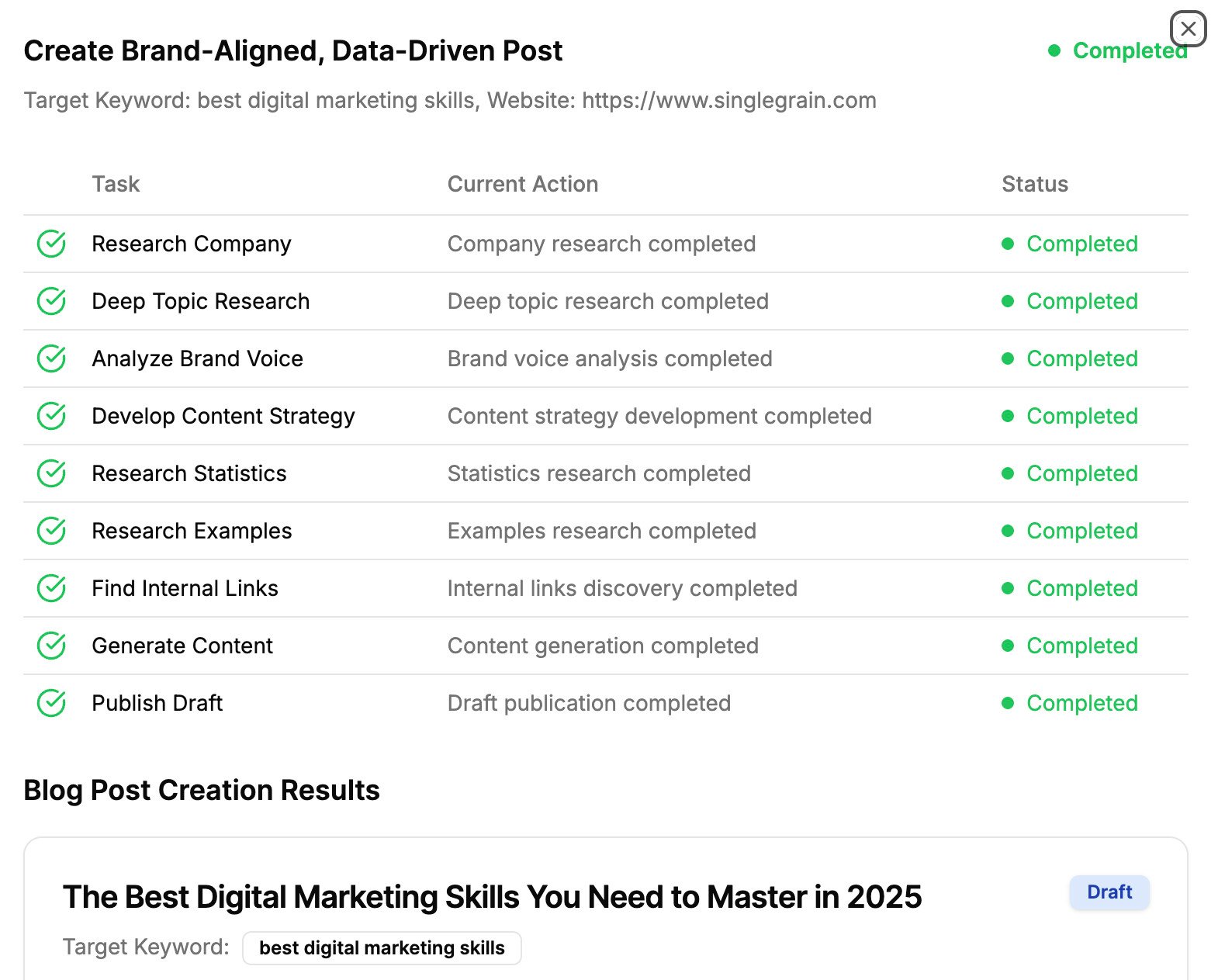Anchoring is a key strategy in marketing and fundraising. It shapes how potential customers or donors see things right from the start.
This technique uses the power of first impressions to affect decisions, especially in setting product prices or asking for donations.
By understanding and using anchoring well, you can greatly improve your sales or fundraising efforts, making your initial offers more appealing.
Advance Your Marketing Strategy
Understanding Anchoring in Marketing and Fundraising
Anchoring is a psychological concept where the first number you hear sets a baseline for your decisions. This means that the initial price or donation suggestion can strongly affect how people think and what they decide later:

In marketing and fundraising, anchoring is very important. It prepares people for the negotiation or donation that follows. When used well, it can greatly improve the results.
Here are some ways to use anchoring:
- Starting with high prices can make a product seem more valuable, which can lead to better customer reactions.
- In fundraising, suggesting higher starting donations can increase the total amount given, as it sets a mental starting point.
- Showing your prices next to higher competitor prices can make your product look like a better deal.
Key Takeaway: Anchoring uses the power of first impressions to shape consumer behavior and decision-making, boosting marketing and fundraising results.
The Psychology Behind Anchoring
Anchoring affects how we make decisions by setting a psychological starting point. This initial number influences later thoughts and choices, affecting consumer actions more than we often see.
Studies confirm the strong role of anchoring in shaping consumer decisions. For example, when initial prices are set high, people tend to see the products as more valuable, which affects how much they are willing to pay. Here’s a diagram illustrating how the brain reacts to different pricing suggestions:

To apply this concept, here are some practical strategies:
- Start with a high anchor to create high expectations and perceived value.
- Use clear visual contrasts to highlight the value of your starting point.
- Adjust your anchors based on current market trends and how your audience responds.
Key Takeaway: Knowing how anchoring affects psychology can greatly improve your marketing and fundraising efforts.
Strategies to Implement Anchoring Effectively
Choosing the right anchor point is essential in marketing and fundraising. It’s the first number you show your audience, and it can greatly shape how they see things and what they do next.
The way you present this anchor is just as important as the anchor itself. The setting and how you introduce it can impact its success:

Here are a few practical tips to use anchoring well:
- Begin with an anchor that’s a bit higher than what you’re aiming for, to allow space for negotiation.
- Make sure the setting where the anchor is shown boosts its value, like being in a high-quality environment or shown with top-notch product features.
- Watch how your audience reacts to the initial anchor and be prepared to tweak it based on their feedback and the market situation.
Key Takeaway: Effective anchoring needs careful choice of starting points, strategic presentation, and flexible adjustment tactics.
Last Thoughts on Anchoring’s Power in Sales and Fundraising
Anchoring can greatly enhance your sales and fundraising efforts by setting initial perceptions.
Try various anchoring techniques to find the best one for your market or cause. Implement these methods today to see a clear improvement in your results!
Related Video
If you’re ready to level up your sales strategy, Single Grain’s marketing experts can help!👇
Advance Your Marketing Strategy
For more insights and lessons about marketing, check out our Marketing School podcast on YouTube.






